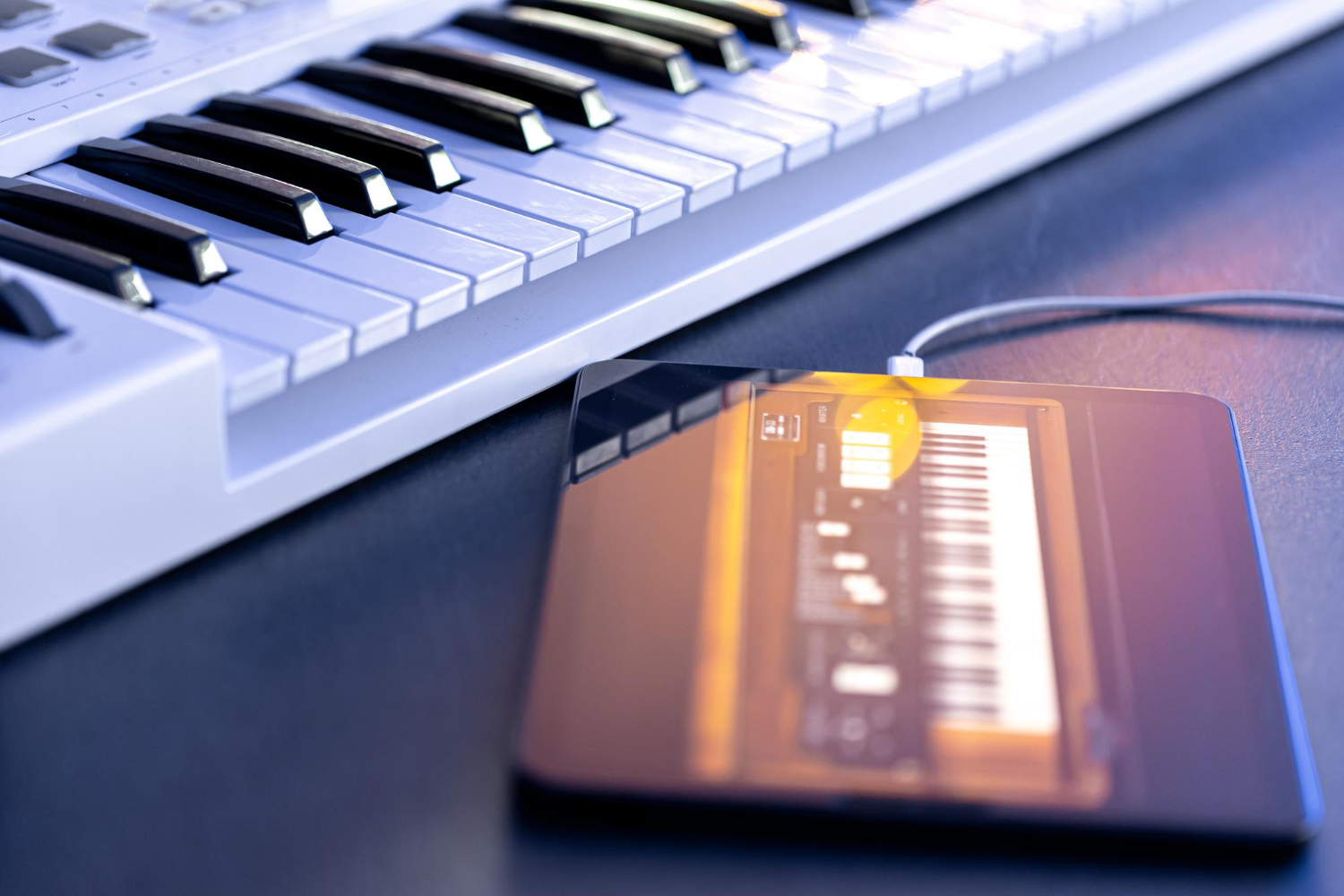The digital piano as we know it today was introduced in the 1980s, and since has evolved into one of the most innovative technological triumphs.
Within the same decade, Kawai released its coveted Kawai EP-308 as a pioneering instrument that pushed the company into a new market.
This new digital piano embodied the company’s history of blending tradition and technology to create instruments that meet the needs of modern pianists while channelling the timeless sound of an acoustic piano.
In this article, we’ll explore the advancements in Kawai digital pianos, their authentic sound and playing experience, the various models and series available, and essential maintenance practices to ensure your digital piano looks and sounds great for many years to come.
Advancements in Kawai digital pianos
Since 1927, Kawai has been dedicated to innovation, and this has been evidenced in the technological advancements of its digital pianos.
The incorporation of the harmonic imaging, which beautifully blends technology and techniques aimed at producing the most realistic recreation of Kawai’s 9-foot concert grand piano, has revolutionised the way digital pianos sound.
This technology carefully samples and recreates each key individually as opposed to stretching a small number of samples, ensuring the unique tonal character of each key is captured and authentically reproduced.
Kawai has also embraced progressive harmonic imaging, which permits its digital piano sound engines to respond in real-time to a player’s touch. This feature is perfect for those seeking a digital piano that mimics the natural responsiveness of a real acoustic.
Authentic sound and playing experience
As mentioned above, a standout feature that puts Kawai digital pianos ahead of competitors is the commitment to ensuring an authentic playing experience.
Thanks to the audio technology used by Kawai, the sound produced by its digital models is not simply a simulation, but an accurate reproduction of the rich tones of keys on a traditional acoustic piano.
By incorporating its renowned Grand Feel Compact wooden-key keyboard action into specific digital models, Kawai has been able to further enhance the authentic feel to provide players with a realistic touch and response.
To top it off, Kawai digital pianos come equipped with an extensive library of fun and high-quality instrument sounds that allow musicians to be as creative as they like.
This feature is an added bonus for pianists seeking to delve into different genres and musical styles.
Kawai digital piano models and series
Kawai offers an incredible selection of digital pianos to cater to the needs and skill levels of musicians everywhere.
From the flagship Concept Artist Series to the more compact ES Series, each of the seven series of digital pianos is carefully designed to deliver the best possible performance.
Kawai’s CN Series, for example, is designed to a high specification with grade-weighted keys and authentic sound while being affordable for most players. It is an ideal choice for students and intermediate players looking for a balance of budget and quality.
If you are interested in a premium model, the CA series stands out with its flagship sound technology and wooden key action.
For professional pianists and recording artists looking for a model that combines the touch and sound of an acoustic piano with digital technology, the concept artist series is a great choice.
Choosing the right Kawai digital piano
Selecting the right Kawai digital piano for your needs should take into account your current skill level, how and where you intend to use the piano, and personal preferences.
At Markson Pianos, we love to help customers choose the right digital piano to suit their needs.
We find that beginners prefer the CN series with its user-friendly interface, whereas more advanced players opt for the CA Series, renowned for its exceptional sound quality and advanced technology.
Maintenance and care for Kawai digital pianos
One of the biggest benefits of choosing a digital piano over a traditional acoustic is that it requires far less looking after.
However, to keep your digital piano operating as it should, Kawai advises carrying out general cleaning with a soft cloth to wipe away any dust or dirt.
Kawai also recommends keeping pets away from your keyboard to prevent hair from falling into the sensors or other electrical components and to avoid scratches from their claws.
You should also take care when plugging your digital piano into an outlet and ensure it’s not overloaded, as this may damage the wiring and cable.
Once you have finished playing, your piano should be properly turned off and then unplugged.
Interested in Markson’s range of Kawai digital pianos?
Since 1985, Kawai has produced some of the best digital pianos the world has seen and its unwavering commitment to innovation and authenticity means its models continue to improve.
The coveted sound technology, combined with the authentic feel of each key, makes Kawai digital pianos a preferred choice for musicians around the world.
With their seven incredible series of digital pianos to choose from, there is a Kawai digital piano to suit every player’s needs.
If you are interested in learning more about our expanding collection of Kawai Digital Pianos, feel free to browse our website or get in touch with our team by dialling 020 7935 8682.
Alternatively, send an email to info@marksonpianos.com for more information.

